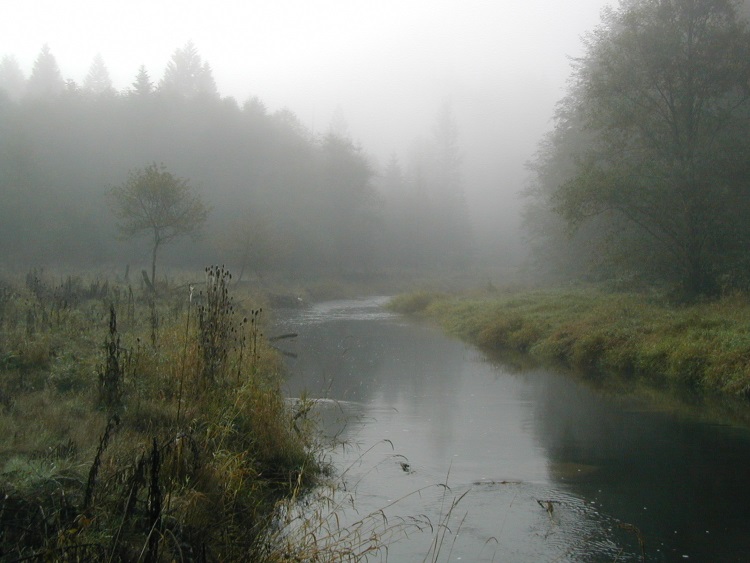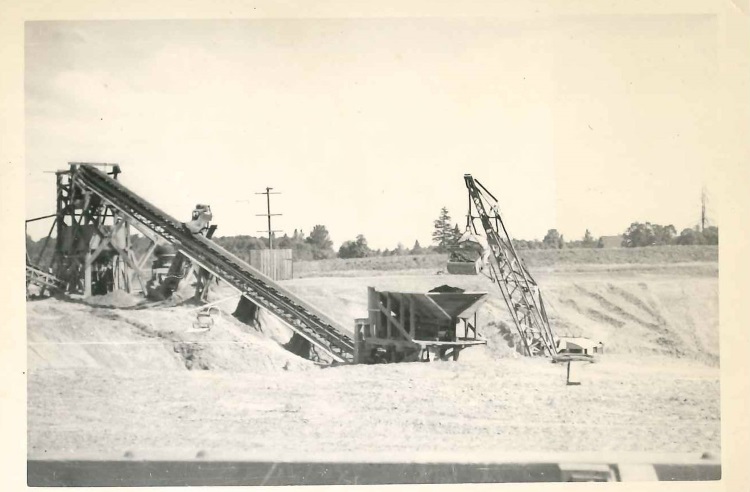Conservation of natural resources is a priority for Oregon and an important element of the land use program. The quality of life made possible by a healthy environment and open spaces continue to attract new people and business to the state. Statewide planning goals and administrative rules require local governments to address a variety of resources such as wetlands, fish and wildlife habitat, renewable energy sources, and water quality when making land use decisions.
More information on these and other resources can be found here: Statewide Planning Goal 5.
Riparian Area, Wetlands and Wildlife Habitat
 Local protections are an important component of efforts to preserve rivers, lakes, wetlands and habitat. Goal 5 provides process steps to inventory, evaluate, and protect these significant natural resource sites. A priority is placed on the protection of: fish bearing lakes and streams; high functioning wetlands; and habitat that serves endangered, threatened, and sensitive species, and big game.
Local protections are an important component of efforts to preserve rivers, lakes, wetlands and habitat. Goal 5 provides process steps to inventory, evaluate, and protect these significant natural resource sites. A priority is placed on the protection of: fish bearing lakes and streams; high functioning wetlands; and habitat that serves endangered, threatened, and sensitive species, and big game.
Often, local land use planning efforts improve and support conservation efforts at the state level. Local planning for riparian areas and wetlands supports efforts to preserve water quality. Wetland inventories conducted by local jurisdictions provide data to improve the state's wetland inventory maintained by the Oregon Department of State Lands. Additionally, local land use planning regulations for fish and wildlife habitat should integrate with the state's Conservation Strategy managed by the Oregon Department of Fish and Wildlife.
Oregon administrative rules (OARs) provide the procedures and criteria local governments must use to conduct an inventory and evaluation of these natural resources. The rules also mandate the creation of local land use programs to conserve and protect them.
Supporting OARs
Endangered Species
The federal Endangered Species Act (ESA), passed in 1973, helps to steady the amount of species at risk of extinction. A primary focus of the ESA is to conserve the habitats upon which threatened and endangered species depend. Additionally, local land use planning can be used to protect wildlife habitat and improve species populations. Local jurisdictions should always consider the impact to listed species and their habitats when implementing their plans and codes.
Find out more about Endangered Species in Oregon
Scenic Areas
Goal 5 recognizes that scenic views and sites can be essential to a community's identity. Goal 5 rules allow cities and counties to identify and protect scenic resources, but it is not required. The rule describes the procedures a local jurisdiction must follow if they choose to identify and protect significant scenic resources. Protection is usually achieved by placing limits (such as design standards or height limits) on development that could impair a scenic view or block visual access to a scenic site. See (OAR Chapter 660 Division 23) for more information.
Willamette River Greenway
Statewide Planning Goal 15 was adopted to protect, conserve, enhance, and maintain the natural, scenic, historical, agricultural, economic, and recreational qualities of lands along the Willamette River. This goal established the Willamette River Greenway to preserve the qualities of this region as they were in 1975. The Greenway Program identifies lands for preservation and improves the coordination of state and local governments in protecting the natural resources of this region.
More information about the Willamette River Greenway is provided by:
Water Quality
Drinking Water / Groundwater Resources
Goal 5 rules for groundwater resources (OAR 660-023-0140) allow local governments to limit development in areas where contamination of a drinking water source is a concern. Local jurisdictions may adopt a groundwater protection plan as part of their comprehensive plan to preserve these natural resources.
In addition to the statewide land use program at DLCD, two other state agencies are also working to protect the quality and quantity of groundwater resources in the state: the Oregon Health Authority and the Oregon Department of Environmental Quality. These programs conduct inventories and risk assessments on drinking water systems in Oregon.
Aggregate and Mineral Resources
 Aggregate, including crushed rock, gravel, and sand, is a natural resource essential for the production of concrete and the construction and maintenance of roads. The Goal 5 rule for aggregate resources (OAR 660-023-0180) requires detailed, purposeful planning for new and expanding aggregate mines. The required planning process balances the need to preserve farmland, reduce impact on nearby property owners, and maintain a supply of high quality aggregate in all regions of the state.
Aggregate, including crushed rock, gravel, and sand, is a natural resource essential for the production of concrete and the construction and maintenance of roads. The Goal 5 rule for aggregate resources (OAR 660-023-0180) requires detailed, purposeful planning for new and expanding aggregate mines. The required planning process balances the need to preserve farmland, reduce impact on nearby property owners, and maintain a supply of high quality aggregate in all regions of the state.
Learn more about Planning for Sand and Gravel (Aggregate) Mining
Renewable Energy Siting
Interest in the development of renewable energy sources, like wind, solar, and wave, continues to increase. Goal 5 recognizes that renewable energy sources may need to be identified and protected for their extraction or use. The Goal applies to potential natural gas, surface water, geothermal, solar and wind-generating areas (see OAR 660-023-0190). It specifies the process for identifying energy sources and instructs local governments to adopt land use regulations to protect these areas from future conflicting uses. Additionally, ocean energy is considered a renewable energy source with the potential to reduce the human need of fossil fuels, such as coal or gas. Ocean energy facilities may promote the use of energy from wind, wave, current, or thermal, which may reduce the environmental impact of fossil fuels.
For more information, see the Renewable Energy Siting page.